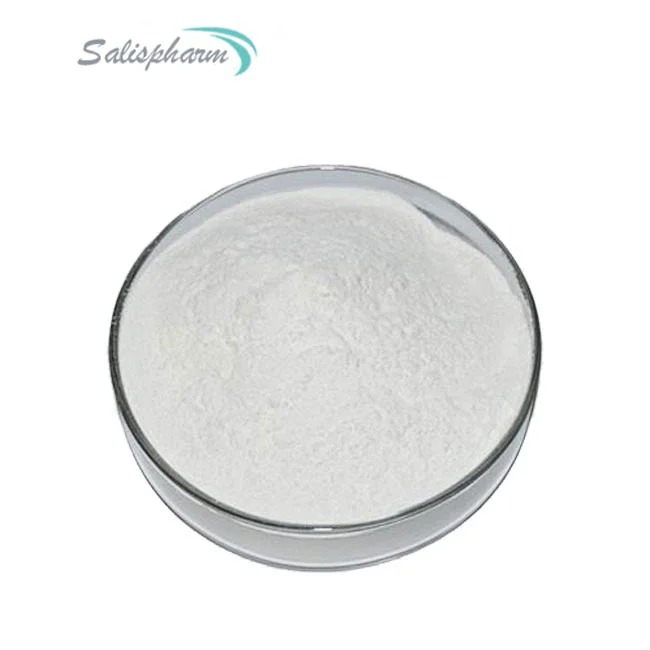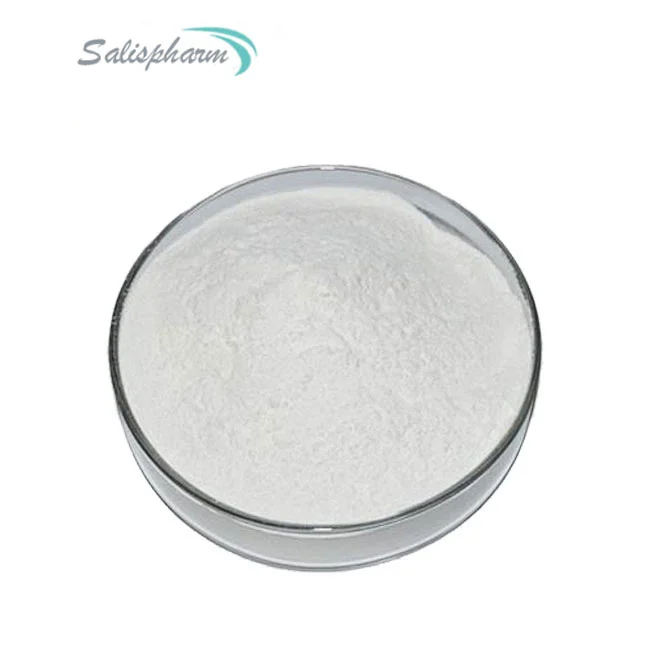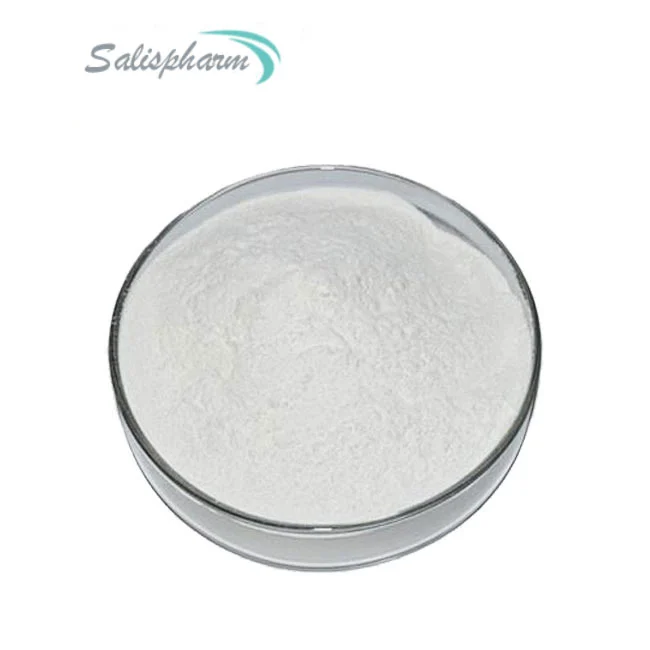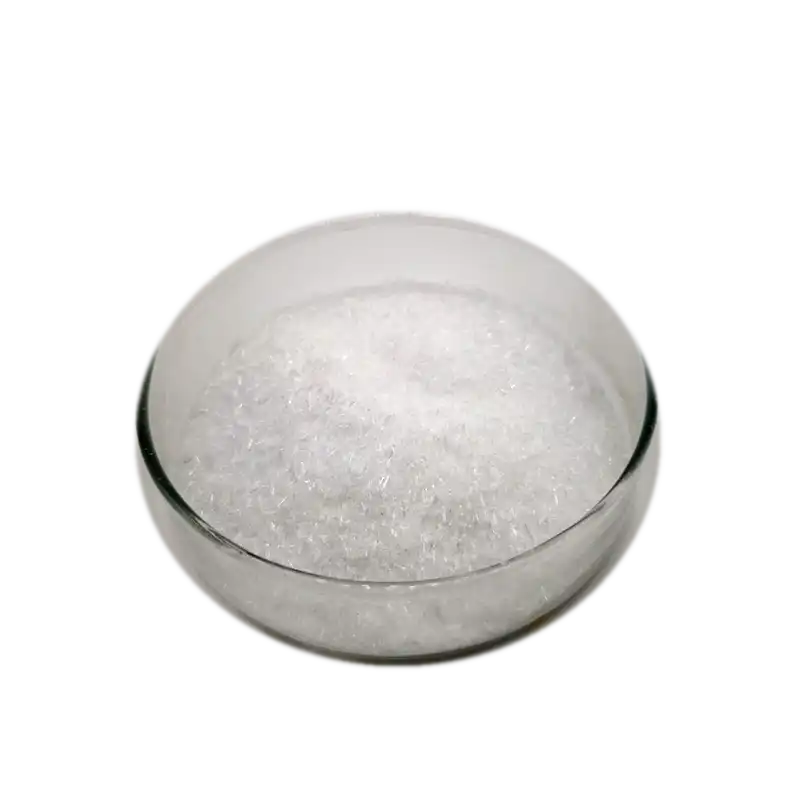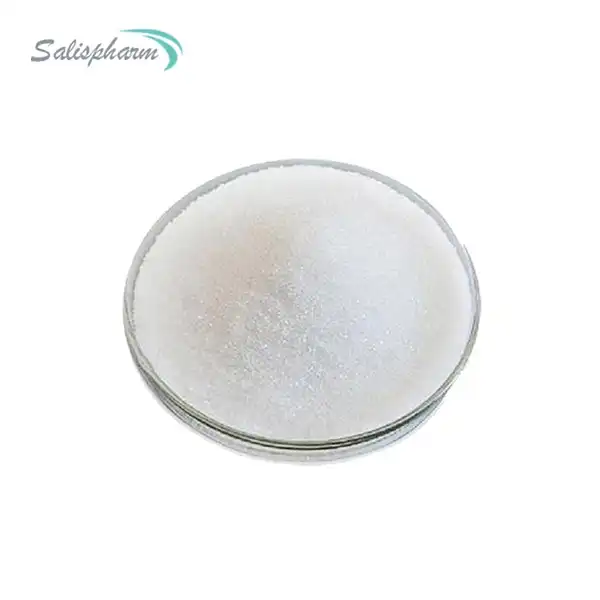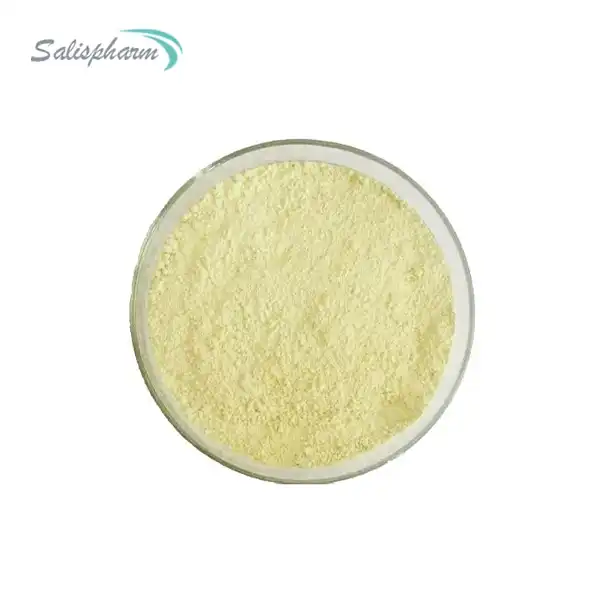Amoxicillin is a widely prescribed antibiotic used to treat various bacterial infections. While it is commonly taken orally in capsule or liquid form, some individuals may wonder if amoxicillin powder can be applied directly to wounds. This question arises due to the potential antimicrobial properties of amoxicillin and the desire for efficient wound healing. However, it is essential to understand the appropriate usage and potential risks associated with applying antibiotics topically.
What Is Amoxicillin Powder, and How Does It Work?
Amoxicillin powder is a form of the antibiotic amoxicillin that is typically used in the manufacturing of oral medications. It is derived from a group of medications called penicillins, which are known for their ability to inhibit the growth of certain bacteria. When ingested, amoxicillin powder is absorbed into the bloodstream and distributed throughout the body, allowing it to combat bacterial infections in various parts of the body.
Amoxicillin works by interfering with the ability of bacteria to build their cell walls. Bacteria require strong cell walls to maintain their structural integrity and protect themselves from the body's immune defenses. By disrupting this process, amoxicillin weakens the bacteria, making it easier for the body's immune system to eliminate them. Specifically, amoxicillin inhibits the synthesis of peptidoglycan, a key component of the bacterial cell wall. This disrupts the cross-linking of the peptidoglycan strands, which ultimately causes the cell wall to weaken and rupture, leading to the death of the bacterial cell.
Despite its effectiveness in treating bacterial infections when taken orally, applying amoxicillin powder directly to wounds may not be the most appropriate or effective approach. Several factors need to be considered, including the potential for irritation, absorption, and the risk of bacterial resistance.
Is It Safe to Apply Amoxicillin Powder on Wounds?
Applying amoxicillin powder directly to wounds is generally not recommended and is not an approved or standard practice in wound care. There are several concerns and potential risks associated with this practice:
1. Absorption: Amoxicillin is designed to be absorbed through the digestive system and into the bloodstream. When applied topically to wounds, the absorption rate may be unpredictable and insufficient to achieve therapeutic levels in the affected area. Factors such as the depth of the wound, the presence of exudate, and the integrity of the surrounding skin can all affect the absorption of amoxicillin powder.
2. Irritation and allergic reactions: Amoxicillin powder can potentially cause irritation, inflammation, or allergic reactions when applied directly to open wounds. This can delay the healing process and lead to further complications. Allergic reactions to amoxicillin can range from mild skin rashes to more severe anaphylactic reactions, which can be life-threatening.
3. Bacterial resistance: Inappropriate or excessive use of antibiotics can contribute to the development of antibiotic-resistant bacteria, which can make infections more difficult to treat in the future. When antibiotics are used indiscriminately or without proper medical supervision, it increases the risk of bacteria developing resistance mechanisms, rendering the antibiotics ineffective.
4. Interference with wound healing: The presence of foreign substances, such as amoxicillin powder, in an open wound may interfere with the natural healing process and potentially increase the risk of infection. Wounds require a delicate balance of various factors, including oxygen supply, moisture levels, and the presence of growth factors, to heal properly.
5. Ineffective delivery: Even if some absorption of amoxicillin powder occurs through the wound, the concentration and distribution of the antibiotic may not be sufficient to effectively combat the infection. Systemic administration through oral or intravenous routes is typically required to achieve therapeutic levels in the affected area.
It is generally recommended to follow proper wound care practices, such as keeping the wound clean, using sterile dressings, and seeking medical attention if signs of infection or delayed healing occur.
Proper Wound Care and When to Seek Medical Attention
While amoxicillin powder should not be applied directly to wounds, proper wound care is crucial for promoting healing and preventing complications. Here are some guidelines for effective wound care:
1. Cleaning the wound: Gently clean the wound with mild soap and clean water to remove any debris or contaminants. Avoid harsh scrubbing or using hydrogen peroxide, as it can damage healthy tissue. Proper wound cleansing helps remove bacteria, foreign materials, and excess exudate, which can impede healing.
2. Applying an antiseptic: After cleaning, apply an antiseptic solution or ointment recommended by a healthcare professional to help prevent infection. Antiseptics can help reduce the risk of bacterial contamination and infection in the wound.
3. Covering the wound: Use a sterile dressing or bandage to protect the wound from further contamination and maintain a moist environment, which promotes healing. Moist wound healing has been shown to facilitate the migration of cells involved in the healing process and prevent the formation of a hard scab, which can delay healing.
4. Changing dressings: Change the dressing regularly, following the instructions provided by your healthcare provider or as needed when the dressing becomes soiled or wet. Frequent dressing changes help prevent bacterial growth and ensure that the wound remains clean and moist.
5. Monitoring for signs of infection: Watch for signs of infection, such as increased pain, redness, swelling, warmth, or pus discharge. If these occur, seek medical attention immediately. Early recognition and treatment of wound infections are crucial to prevent complications and promote healing.
6. Proper nutrition and hydration: Adequate nutrition and hydration are essential for wound healing. Proteins, vitamins, and minerals play vital roles in the healing process, supporting tissue repair and immune function. Ensure you maintain a balanced diet and stay well-hydrated to support optimal healing.
7. Wound care for chronic or complex wounds: For chronic wounds, such as diabetic ulcers or pressure sores, or complex wounds, such as those resulting from trauma or surgery, seek guidance from a healthcare professional or a specialized wound care clinic. These types of wounds often require more advanced treatments and close monitoring.
It is essential to seek medical attention for wounds that are deep, bleeding heavily, or show signs of infection. Additionally, if the wound does not show signs of healing within a reasonable time frame or if you have concerns about the healing process, it is advisable to consult a healthcare professional. Prompt medical attention can help prevent complications and ensure proper treatment, which may include antibiotics or other interventions as necessary.
By following proper wound care practices and seeking medical advice when necessary, you can promote effective healing and reduce the risk of complications. It is crucial to remember that improper use of antibiotics, such as applying amoxicillin powder directly to wounds, can lead to adverse effects and contribute to the growing problem of antibiotic resistance.
If you are also interested in this product and want to know more product details, or want to know about other related products, please feel free to contact sasha_slsbio@aliyun.com.
References:
1. Amoxicillin. (2023, January 31). U.S. National Library of Medicine.
2. Wound Care: How to Care for Wounds. (2022, July 28). Mayo Clinic.
3. Antibiotic Resistance. (2023, January 10). Centers for Disease Control and Prevention.
4. Wound Care and Treatment. (2021, March 10). Cleveland Clinic.
5. Amoxicillin (Oral Route). (2022, December 15). Mayo Clinic. 6. Antibiotic Use and Resistance. (2022, November 22). World Health Organization.
7. Wound Healing and Treatment. (2022, October 3). Medline Plus.
8. Amoxicillin: An Overview. (2022, August 15). Drugs.com.
9. Wound Care Essentials. (2021, June 1). American Academy of Dermatology Association.
10. Antibiotic Resistance: A Global Health Crisis. (2020, December 14). Centers for Disease Control and Prevention.

